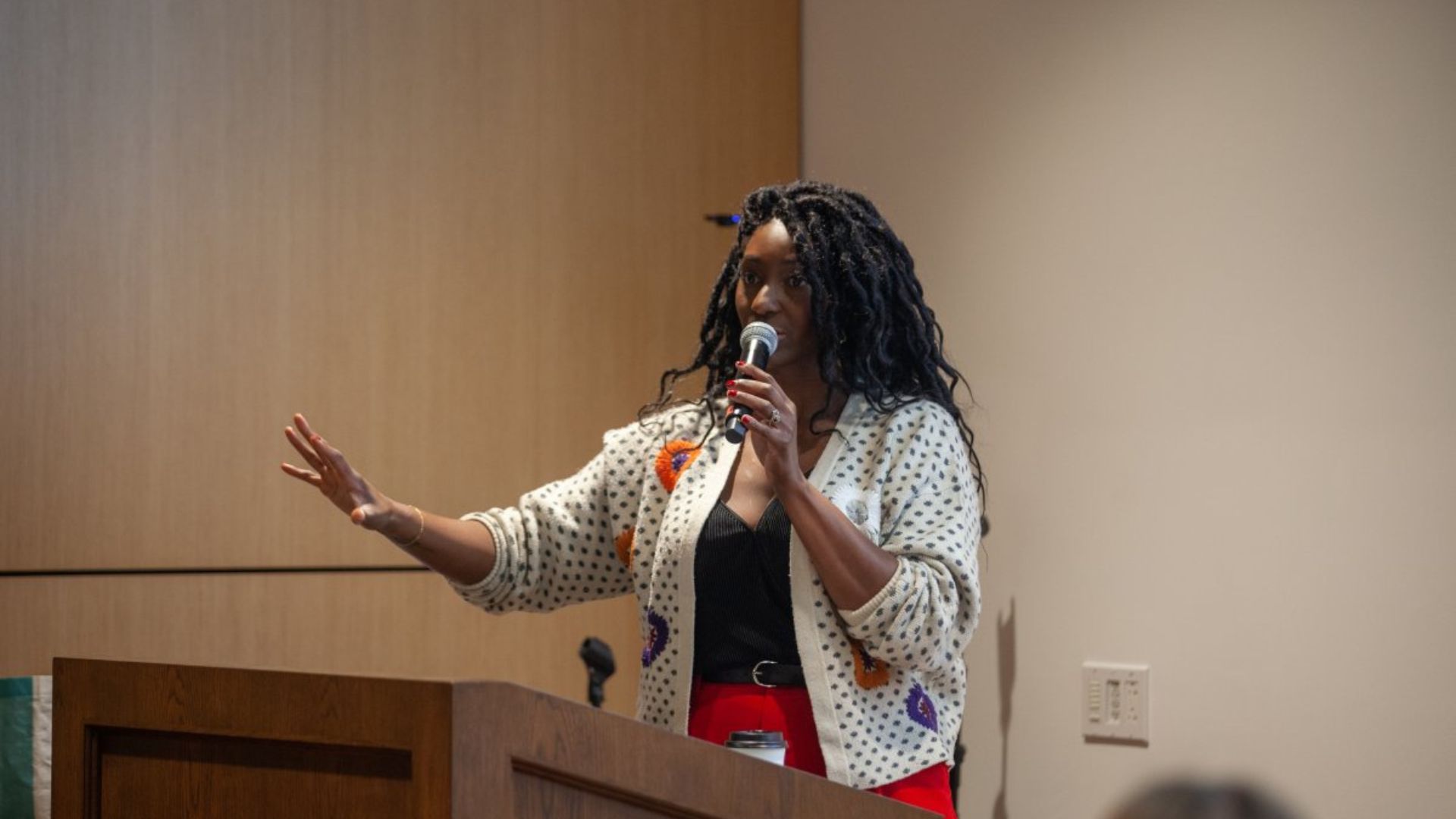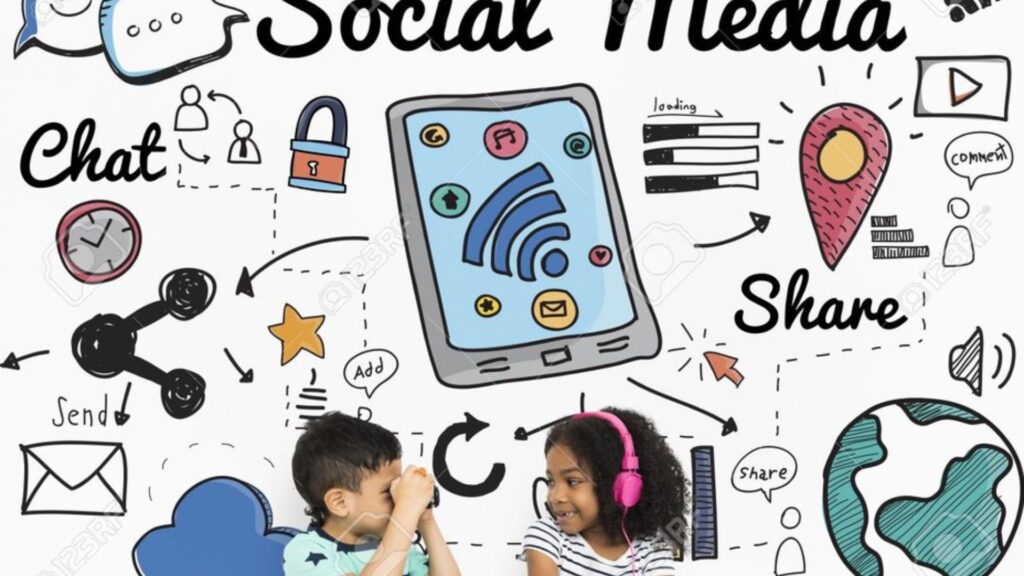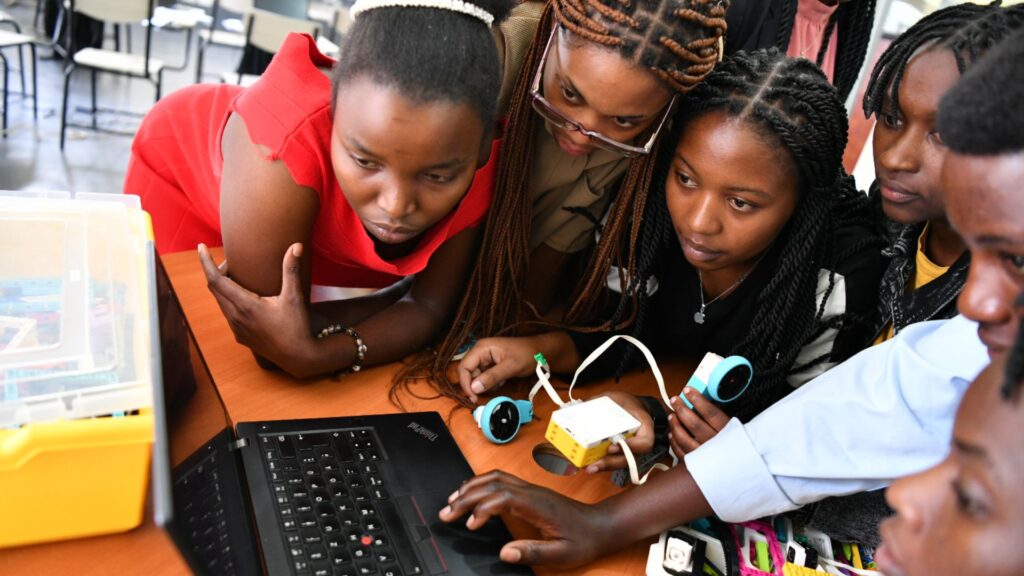|
Getting your Trinity Audio player ready...
|
Easter is a joyous celebration filled with renewal, hope, and the message of new beginnings. Engaging young people in the festivities often involves creative approaches. This blog post offers exciting Easter speech ideas for youth in 2024.

Interactive Storytelling
-
The Seedling Parable
- Begin by showing a small seed. Explain how the seed can grow into a beautiful plant with proper care.
- Relate this to the Easter story, highlighting how Jesus’ resurrection signifies new life and hope, like the seed transforming into a plant.
- Encourage the audience to think about areas in their lives where they can plant “seeds” of kindness, forgiveness, or positive change.
-
The “Crack the Code” Activity
- Prepare slips of paper with words like “love,” “hope,” “sacrifice,” and “new beginnings.”
- Divide the audience into teams and have them decipher a hidden message related to Easter by guessing the words on the slips.
- After revealing the message (e.g., “Easter brings new life”), discuss the significance of each word and how it connects to the holiday.
Summary
Spark young imaginations with interactive storytelling techniques in your Easter speech.
The Seedling Parable: Begin by presenting a small seed. Explain how with proper care, this tiny seed can transform into a vibrant plant. Relate this to the Easter story, highlighting how Jesus’ resurrection signifies new life and enduring hope, mirroring the seed’s transformation. Encourage the audience to reflect on areas in their own lives where they can “plant seeds” of kindness, forgiveness, or positive change.
The “Crack the Code” Activity: Infuse some fun with an interactive activity. Prepare slips of paper with words like “love,” “hope,” “sacrifice,” and “new beginnings.” Divide the audience into teams and have them work together to decipher a hidden message related to Easter by guessing the words. Once the message is revealed (e.g., “Easter brings new life”), delve deeper by discussing the significance of each word and how it connects to the core themes of the holiday.
Reflective Prompts and Discussions
-
The “What If” Scenario
- Pose a thought-provoking question: “Imagine a world without hope or new beginnings. How would it feel?”
- Encourage discussion about the importance of hope and how Easter celebrates the promise of a brighter future.
-
Sharing Personal Stories
- Invite young people to share personal experiences where they faced challenges but overcame them with a positive attitude.
- Relate these stories to Easter as a time for renewal and overcoming obstacles.
Creative Performance Elements
-
The “Living Easter Egg” Skit
- A group of children can dress up as different coloured Easter eggs.
- Each egg can represent a value associated with Easter, like kindness, forgiveness, or joy.
- They can act out a short skit showcasing how these values can be incorporated into everyday life.
-
The “Sing-a-Long” with Easter Carols
- Incorporate popular and age-appropriate Easter carols into the speech.
- Encourage the audience to sing along, creating a joyful and interactive atmosphere.
Additional Tips
Keep it Age-Appropriate
Tailor the message and activities to the specific age group you’re addressing.
Incorporate Humor and Visual Aids
Use humour, illustrations, or short videos to keep the audience engaged.
End with a Call to Action
Encourage young people to reflect on the message of Easter and how they can embody the spirit of the holiday in their lives.
Examples for Different Age Groups
Younger Children (5-8 years old)
Focus on interactive storytelling and simple activities like the “Seedling Parable” or creating Easter egg decorations with messages of hope and joy.
Pre-teens (9-12 years old)
Introduce elements like the “Crack the Code” activity or the “What If” scenario to encourage critical thinking and discussion.
Teenagers (13-18 years old)
Incorporate personal stories, group discussions, and creative performances like the “Living Easter Egg” skit to foster deeper reflection and connection to the Easter message. Read more about the best easter speech ideas for youth here.
Conclusion
By incorporating these easter speech ideas for youth and tailoring them to your specific audience, you can create engaging and inspiring Easter speeches that resonate with young minds in 2024. Remember, the goal is to spark their curiosity, encourage reflection, and share the message of hope and new beginnings that lie at the heart of Easter.




